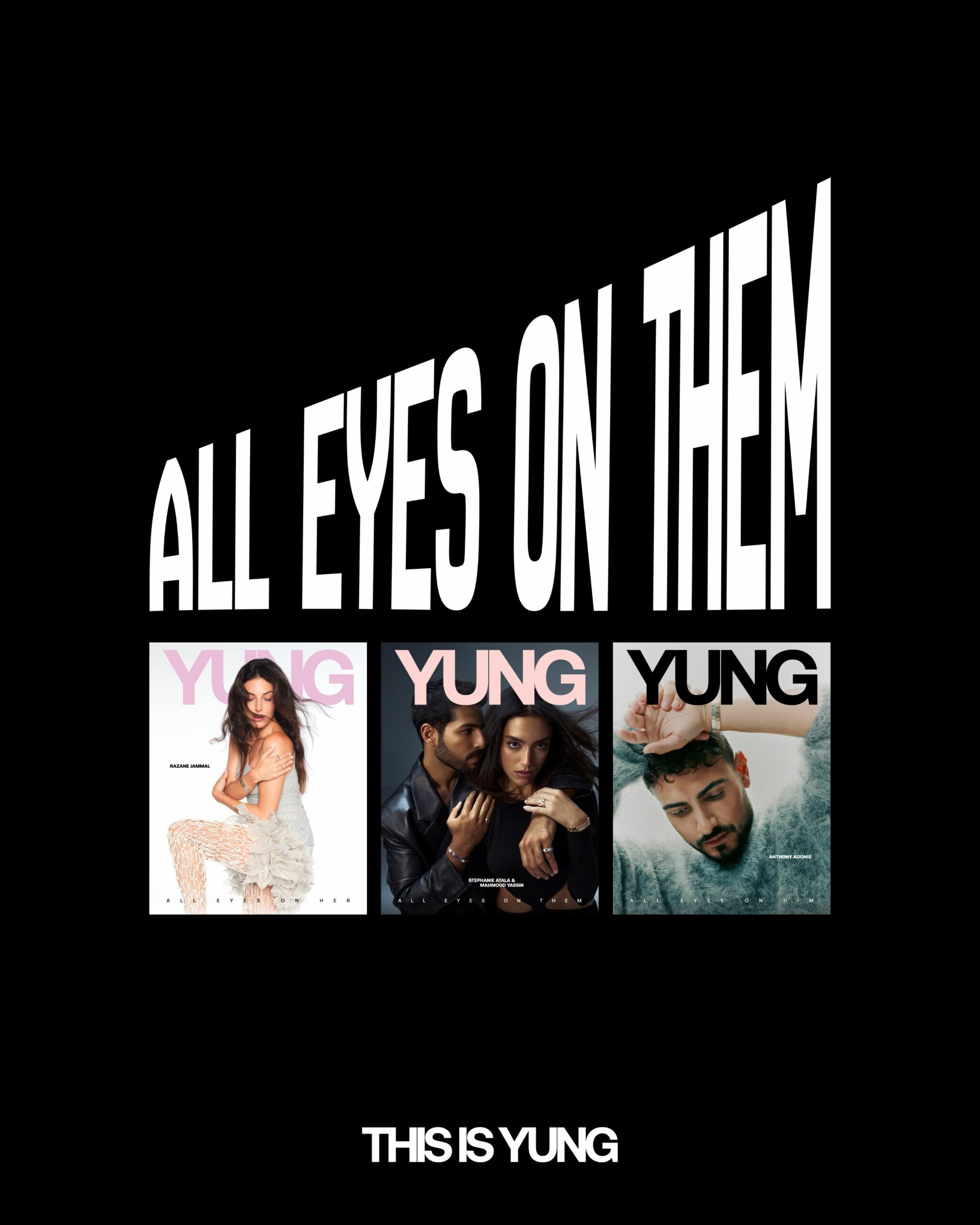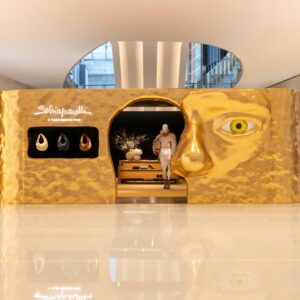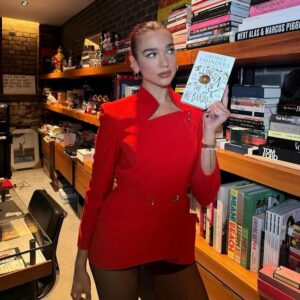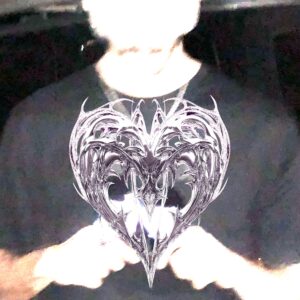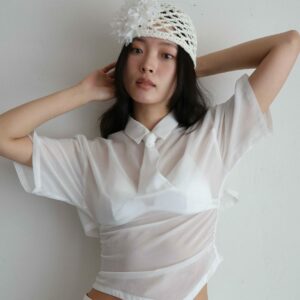Fall signals transitions: a shift in pace, in rhythm, in the way we see and express ourselves. With change comes the question that lingers across fashion, art, and culture: what makes something unique? Is it the way someone expresses themselves, the way they move through the world, the way they create? Is it their performance, their perseverance, or the knowledge they carry? What makes a cover unique? A magazine, a brand? In any industry, but especially in fashion, uniqueness is what makes you stand apart.
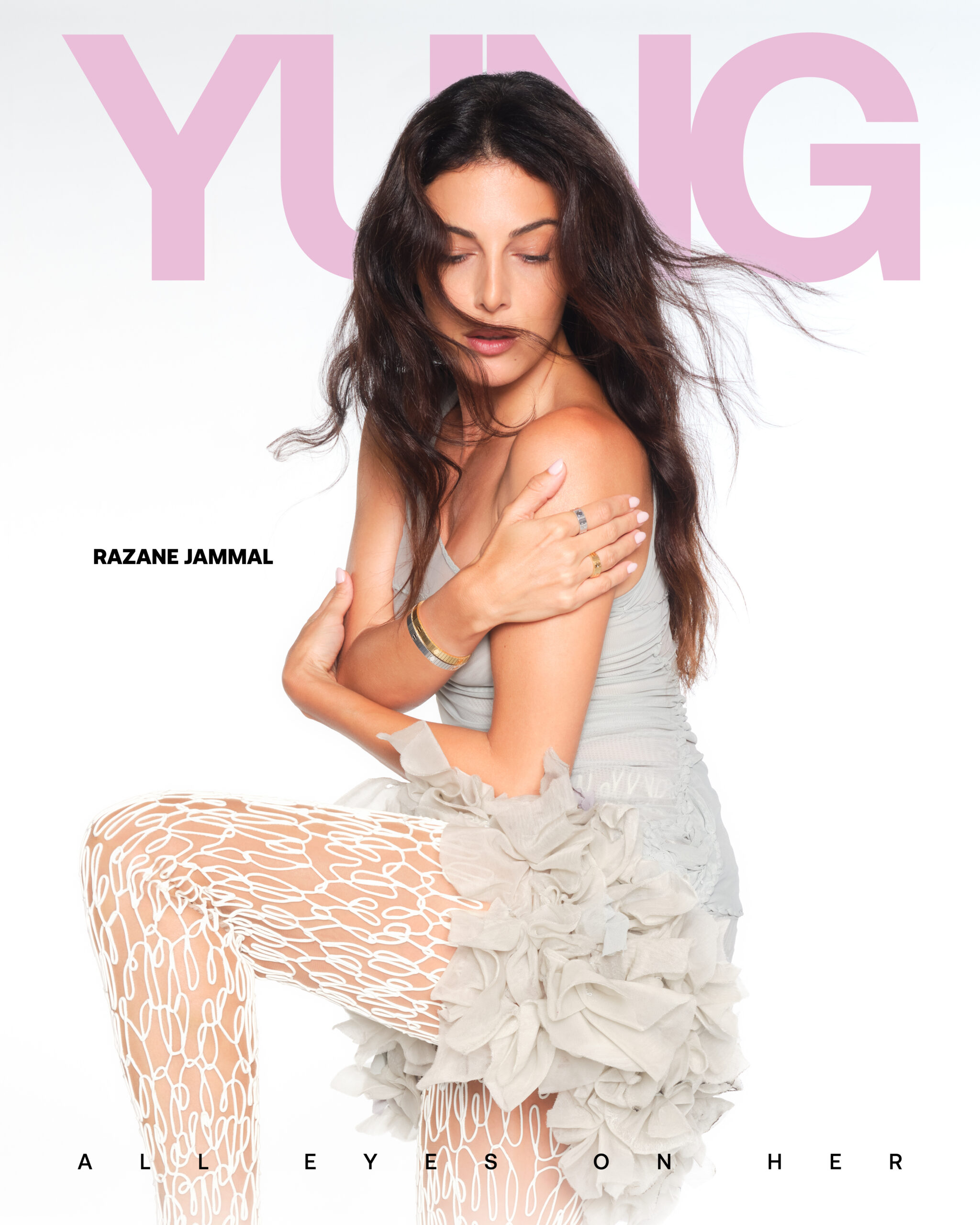
This fall, the fashion industry itself is in transition, with a wave of new creative directors taking the reins across the major houses. To name just a few, we have: Jonathan Anderson at Dior, Louise Trotter at Bottega Veneta, Pierpaolo Piccioli at Balenciaga, and Matthieu Blazy stepping in at Chanel. This wave of creatives is preparing to rewrite the playbook for their houses, challenging heritage codes and reshaping the language of luxury in ways that feel urgent and unpredictable. What we are about to witness will likely read less like traditional seasonal offerings and more like manifestos, staking claims on the future while negotiating sustainability, commerce, and authorship. The tension between heritage and reinvention, restraint and spectacle, is what gives this moment a rare sense of electricity. I believe the coming season will be one of the most daring and unpredictable in memory.
Our covers echo this theme of change and uniqueness.
Our first cover, Anthony Adonis, is the voice behind one of Lebanon’s most beloved bands. He has built a career around the sacredness of words, treating language as both vessel and message. Through his music, he captures the rhythms of contemporary life while honouring tradition. I’ve always admired how he connects with people, every show sells out, and you can feel how much love he receives from his audience.
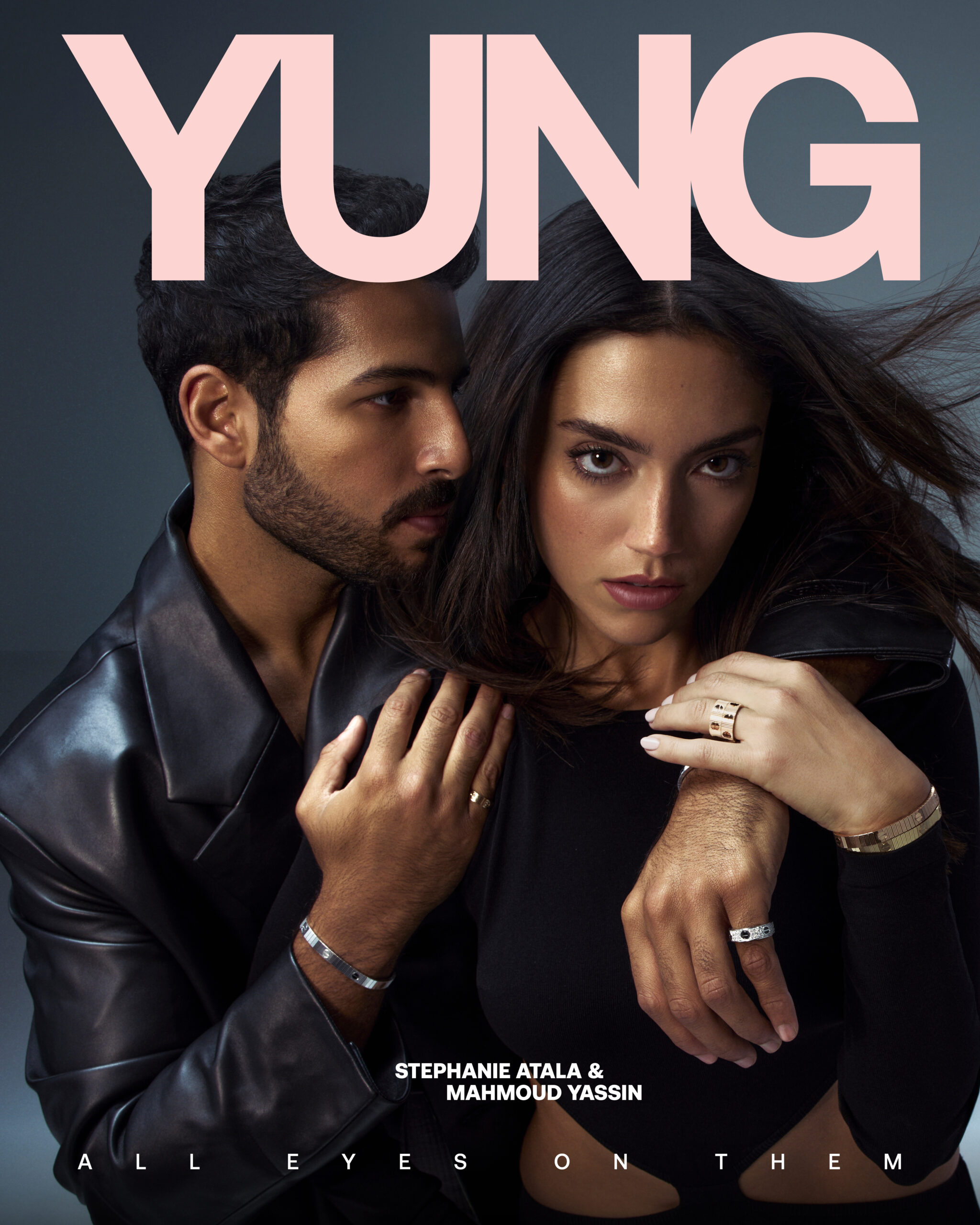
Our second cover sees us step into the world of Razane Jammal. Actress, fashion insider, and author, she moves between roles and spaces with ease and conviction. From Al Thaman and Al Qadar, to her international role in The Sandman, she brings strength and nuance to every character. Her children’s book, Lulu and Blu, extends this journey, questioning identity and creativity in her own voice. We’ve been wanting to make this cover happen for some time, and meeting her only confirmed why, she’s warm, kind, and entirely herself.
We also feature Stephanie Atala, a rising Lebanese actor whose work signals a new wave of Arab expression. Her professionalism and aura in front of the camera is something to celebrate. Alongside her is Mahmoud Yassin, her co-star in 220 Days. Mahmoud carries a legacy while carving out his own path, bringing a quiet strength and vulnerability to his performances. Their interviews reflect the urgency and sincerity of a generation that refuses to stay silent.
Together, these covers are more than portraits. I chose them because each, in their own way, captures the spirit of this issue, pushing boundaries, taking risks, and showing up with authenticity. No wonder all eyes are on them.
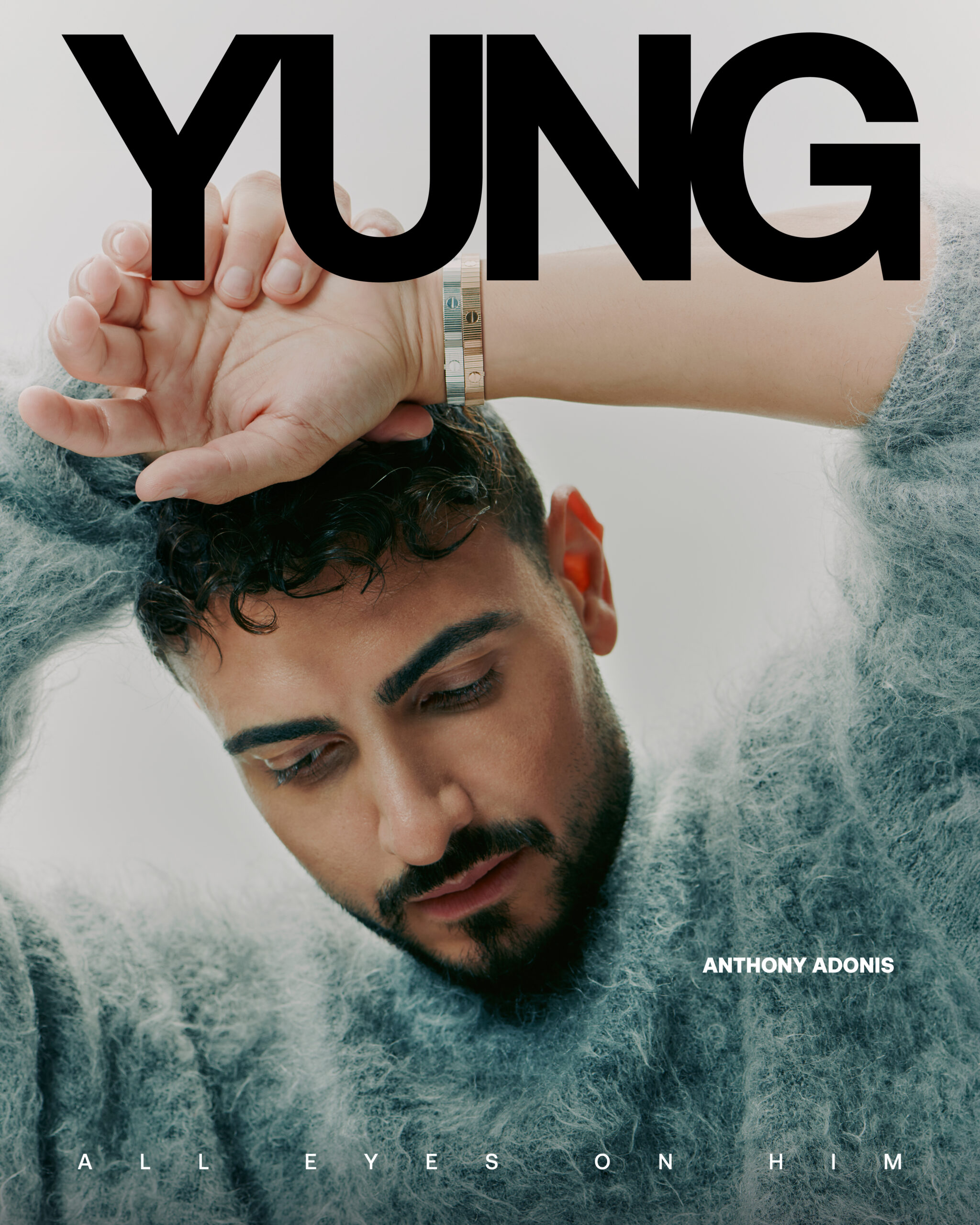
This spirit runs throughout the issue. The Mood, our platform for discovering new talents across the region, highlights creativity that is not linear but restless, experimental, and prolific. We speak to Joe Chalita, who traces the history of Lebanese fashion from the models of the ’60s to how it has evolved through wars, crises, and rebirths, shaping identity as much as aesthetics. And we step into the world of 85-year-old Andree Acouri, considered one of the region’s first models, who reflects on her past and shares insights that bridge eras of Arab fashion and culture.
What ties all of this together is not just transition but transformation: the sense that in every field, fashion, performance, design, and more, the region is not merely keeping pace with global shifts, but is actively shaping its own future with imagination, strength, and conviction.
